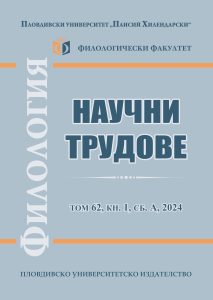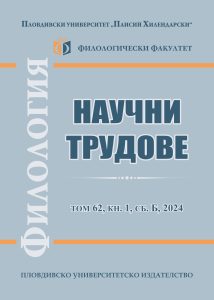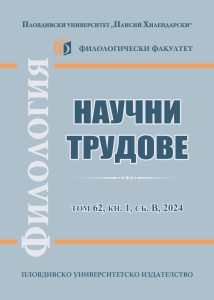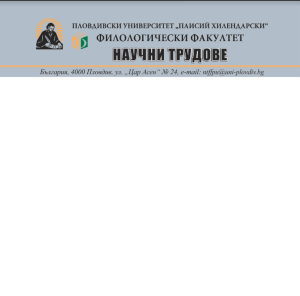VOL. 58, BOOK 1, PART А, 2020 Full text (Bg)
Author: Rosina Kakova
Affiliation: University of Food Technologies – Plovdiv
Abstract
The formants taken into account in acoustic analysis of vowels are more often the first and the second ones. This traditional model is extremely useful in foreign language teaching. The acoustic image of each vowel outlines its articulatory characteristics. As a result of a research of the two-formant structure
of the French nasal vowels, a discrepancy emerges between their description in educational materials and the phonetic reality. A new approach is presented here considering additional acoustic parameters, in particular, the third formant. Under certain conditions, the two closest to each other acoustic formants
integrate into one representative formant. The role of the third formant is particulary important when it comes to contrastive analysis of French and Bulgarian vowels.
Key words: Acoustic Analysis, Nasal vowels, foreign languages learning, pronunciation






